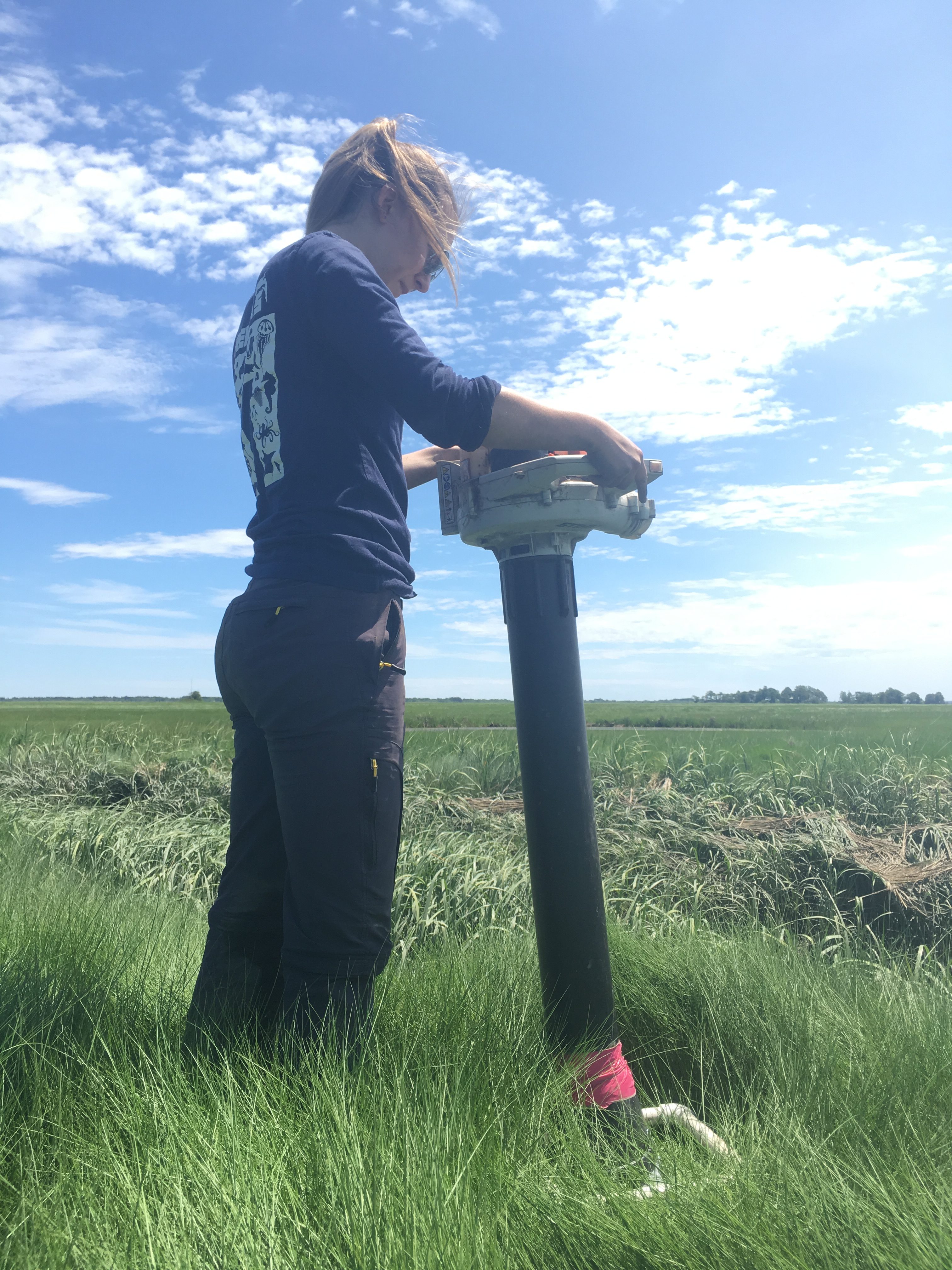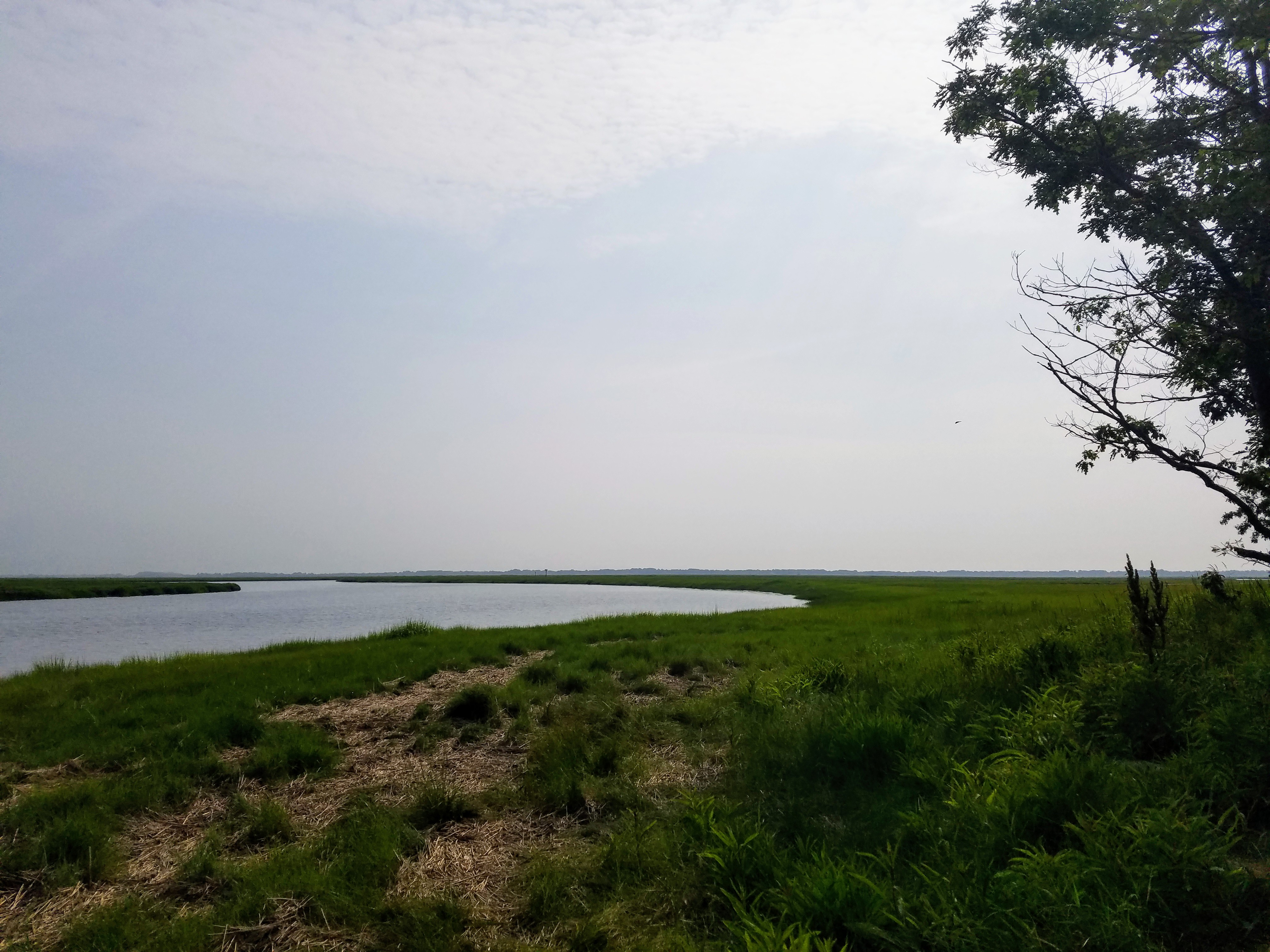Since being part of the TIDE project this summer, I have been helping to determine if there is top-down control of marsh invertebrates by mummichogs (small, minnow-like fish). What this means is that, if our hypothesis is true, mummichogs are the main factor controlling the population size of different species of marsh invertebrates. If it is false, there’s something else controlling how large these populations can get. While this question may seem fairly mundane, the data that we collect can be added to the repository of marsh knowledge that has been compiled since the beginning of the TIDE project in 2003. In turn, this data will help us protect local marshlands from a serious threat: climate change.

One of the things that has struck me most during my (burgeoning) career in marine biology is how often those of us in this field talk about climate change. Although I agree that climate change should be a frequent topic of discussion, I propose that we should change the way that we talk about climate change.
At the end of nearly every scientific paper I’ve read in recent years, there is a concluding paragraph which mentions climate change. The main idea may change slightly, based on the focus of the research, but the underlying message is always the same. Climate change is worsening and we must immediately halt carbon emissions if we want to keep global temperature increases within the 1.5° Celsius predicted by the most recent report from the International Panel on Climate Change. Despite this, it can sometimes seem as if no change is being made.
It’s easy to place the blame on politicians, for example, or on petroleum corporations, though in reality, it is neither wholly the fault of lawmakers or entrepreneurs, but largely the unfortunate outcome of a society that has grown reliant on planes, trains, and automobiles. Many environmentally unhealthy practices have become ingrained habits, a part of our routine that’s difficult to give up. Take Amazon Prime, for example. Like many, I’m guilty of occasionally choosing their free one-day shipping even when I don’t really need my product that quickly.
While none of this means that we should stop campaigning for alternative sources of energy, or making choices that reduce our carbon footprint, now that we are at the tipping zone, we must make people our priority. We may no longer be able to save the world from climate change, but we can do our best to help those who will be hit the hardest.
Global climate change does not happen in a vacuum. Warmer temperatures lead to rising sea levels, unpredictable weather, increased flooding, and increased erosion. These facts are especially worrying for the 40% of the global population that live in coastal areas.

In Germany, many wetland areas are nearly gone. The Mississippi River delta loses a football-field sized chunk of sediment every 100 minutes. While efforts are underway to restore marshlands worldwide, it is a long, slow, expensive process. So why bother? Well, marshlands provide a number of services to humans, such as flood mitigation and water filtration. In addition, they can prevent erosion, as long as they are not so degraded that the marshland itself begins to erode. Marshes also serve as nursery habitats for many recreational and commercial fish species. Although sections of many marshes are protected from human activity, there are often areas set aside where people can engage in recreational activities such as boating or birding.
Flooding is also a pressing concern for citizens around the world, and the frequency of flooding has only increased. In 2016, 19 floods occurred in the U.S, the most on record. Just the other day, I met a man from Lafayette, LA. The flooding there in 2016 washed away his home, his horse and his dogs. In Newport, RI, efforts are underway to preserve historical structures in an 18th century neighborhood known as The Point, which lies directly on the water. The buildings there face an increased risk of flooding with each passing year.
The problems discussed here highlight the importance of projects such as TIDE. As we understand more and more about our marshes, especially the physical processes that take place there, we are better able to conserve these habitats, the flora and fauna that inhabit them, and the people that rely on them for protection. We will also be better able to devise strategies to assist those whose lives and livelihoods will surely be in jeopardy in the years to come.
-Katrina Fedors (Master’s Student, Three Seas Program, Northeastern University)
Leave a Reply